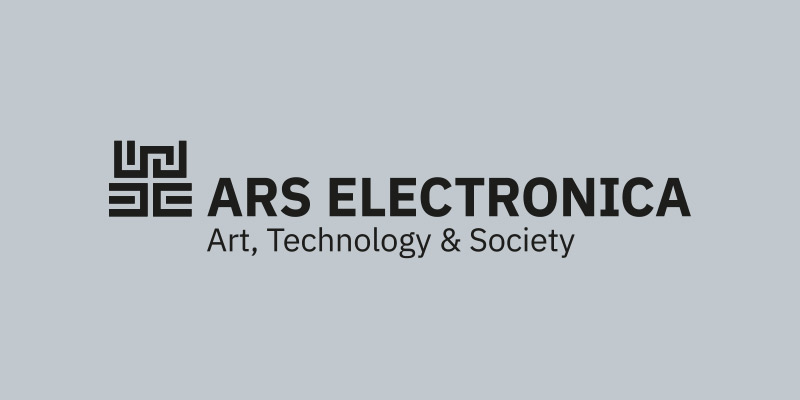Communication with those no longer with us through Tangible Memories
Hiroshi Ishii presents a lecture on TeleAbsence. Presence and Absence are fundamental states of being for mortal humans; being present or close, and being absent, far away, or lost [Ishii 2020]. We propose TeleAbsence as a counter concept to Telepresence. The purpose of Telepresence is to connect people who are alive. TeleAbsence aims to create illusionary communication channels with those no longer with us to soothe the pain of bereavement. TeleAbsence is designed around tangible objects, such as old typewriters, telephones, brushes, and pianos that were once touched and marked by the hand of a loved one.
Due to the outbreak of the COVID-19 pandemic in December 2019, Telepresence has become the lifeline for our everyday life and work, connecting people separated spatially and temporally. Telepresence technologies such as video conferencing and groupware support digital communication and collaboration across both space and time, combining real-time and asynchronous communication tools.
Telepresence is for connecting people who are separated but still reachable via technological means. The main premise of this modality is that a message’s recipient is alive and conscious in order to respond to a sender’s message. TeleAbsence, our speculative design project, addresses the issue of the vast, emotional distance caused by bereavement and the inability to receive a response from a loved one. We are very excited to present our vision for TeleAbsence and share the design of the proof-of- concept prototypes to demonstrate the potential of tangible memories.
Credits
Hiroshi Ishii and Tangible Media Group, MIT Media Lab


